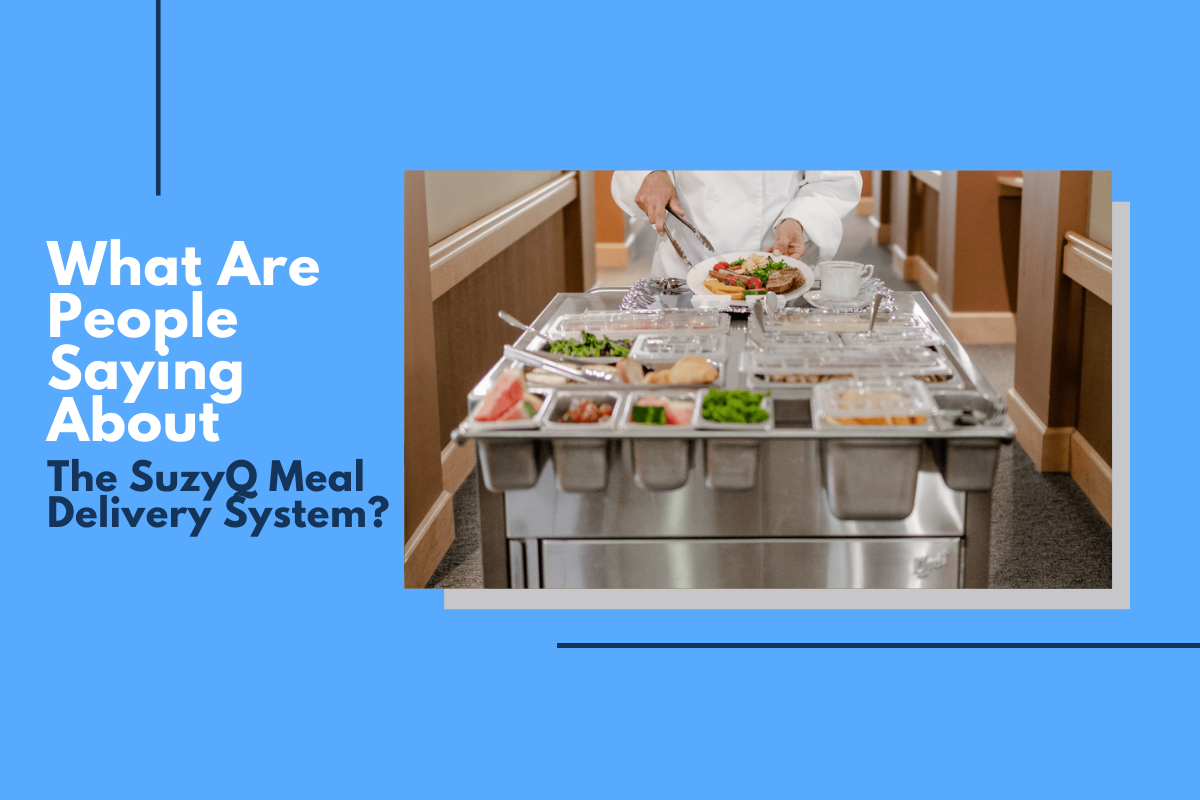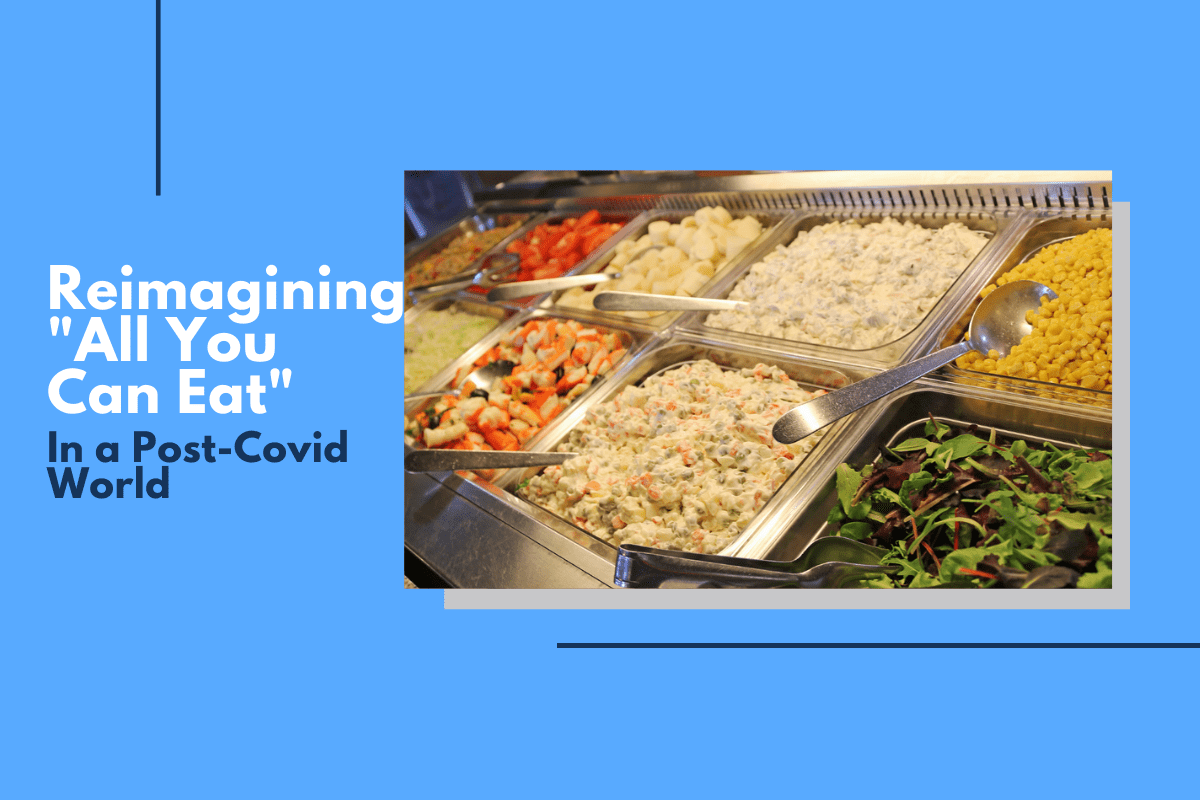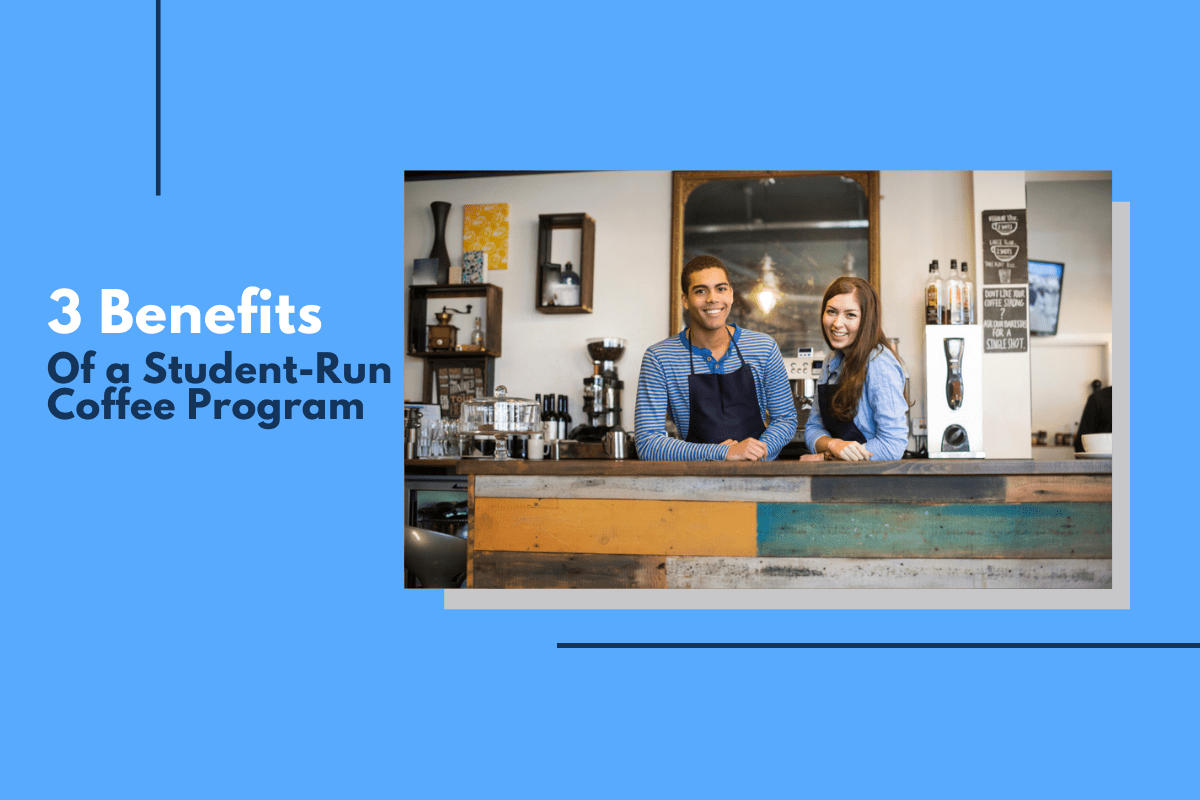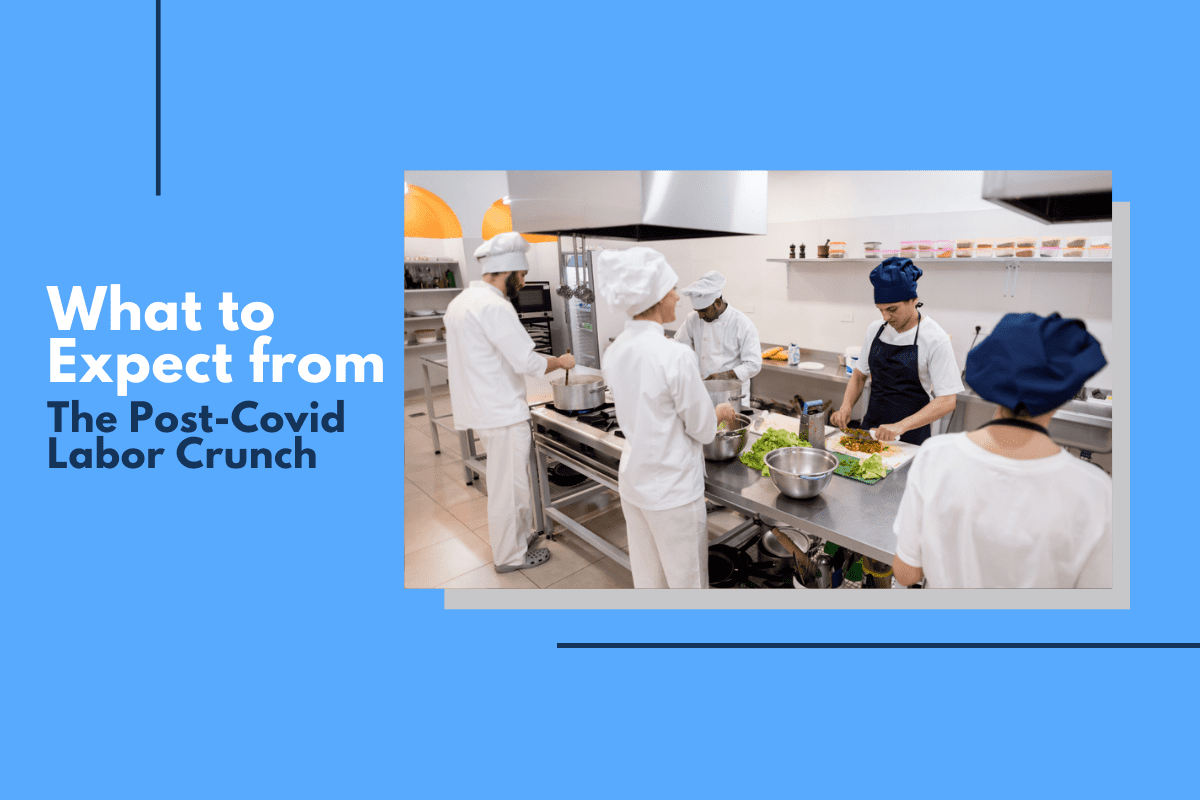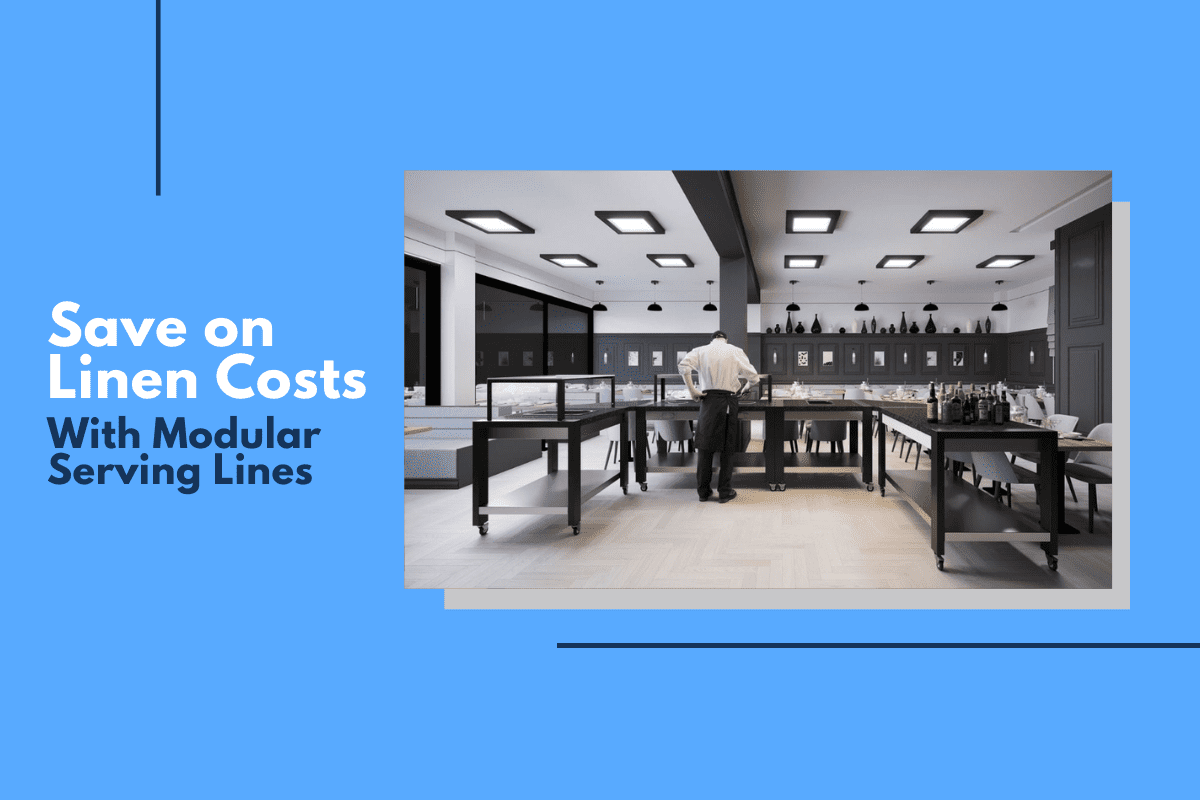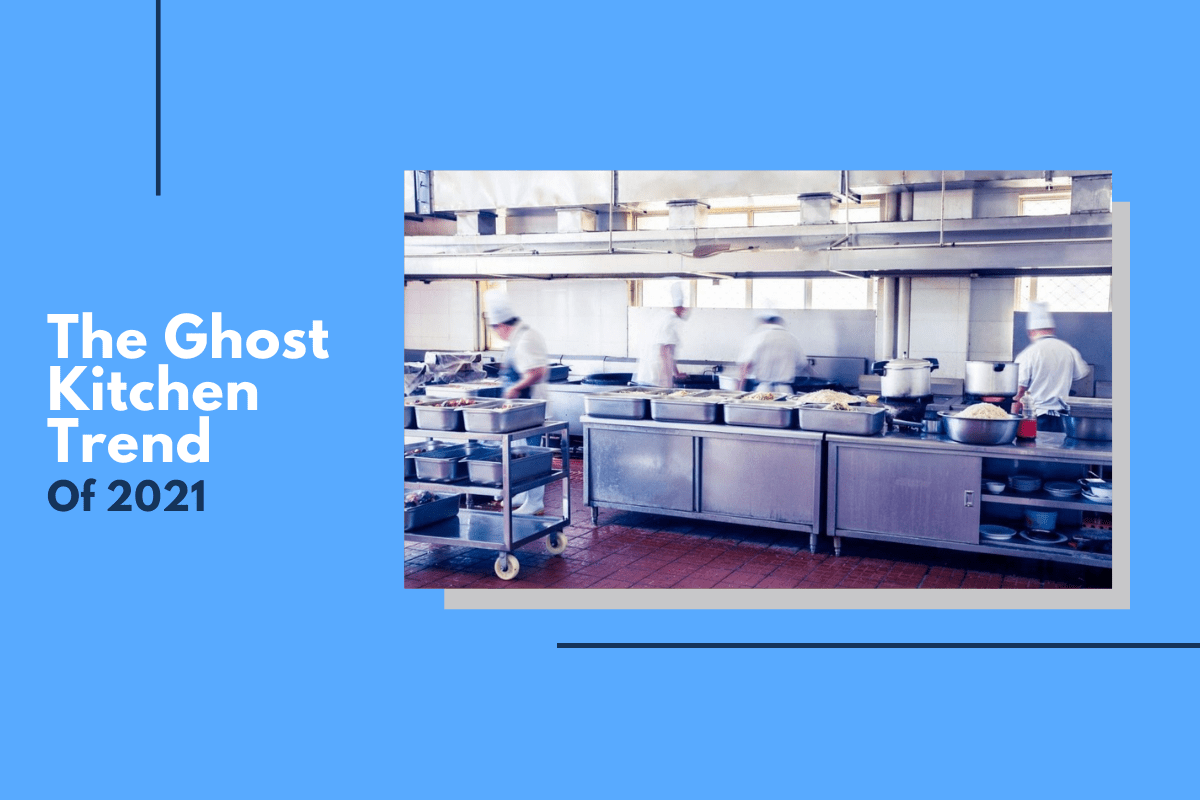
Lakeside Helps Make Teen’s Wish Come True
Selfless service from a teen’s final wish.
Lakeside is proud to have partnered with the Make-A-Wish Foundation, the Indiana Children’s Wish Fund, and a young man named Chad Keown to bring coffee and healthy snacks to teens at Tri-Central High School in Sharpsville, Indiana.
Chad was diagnosed with multiple heart defects at birth, having his first of three heart surgeries at just a month old. In addition to his heart problems, Chad had learning disabilities, which made school more difficult for him. He persevered, however, and filled his life with activities such as “beating [his] dad at pool, and learning… how to make a great 3-point shot in basketball.”
At 15 years old, in December 2015, he had another setback after a series of health events that left him clinically dead for 35 minutes. He “was as close to death as you can get,” said Matt Landman, one of the doctors who saved his life. Chad had to deal with brain damage after the event and spent the next year re-learning how to walk and talk.
That was when the Indiana Children’s Wish Fund got involved.
Instead of going to Disney World or taking a vacation to Hawaii, as so many children choose to do, Chad’s wish was closer to home. He wanted to help his fellow students with special needs to learn and practice life skills by opening a food cart in his school.
Terry Ceaser-Hudson, who works for the Indiana Children’s Wish Fund, says that “Chad’s was one of the most unselfish wishes we’ve seen” in the organization’s history of granting more than 4,000 wishes to children facing serious illnesses.
The ICWF and Make-A-Wish Foundation contacted a variety of donors to make Chad’s dream a reality, and when they needed an actual cart, they reached out to Lakeside Food Service. Lakeside was more than pleased to donate the cart, and with that, Chad’s Café could open.
The café, which is staffed entirely by Chad’s classmates, serves healthy snacks and coffee to students and teachers alike. The staff practice life skills such as keeping the cart stocked, tracking inventory, and making change.
“He’s been through this huge ordeal,” says Dr. Landman, “and his instinct is to give back. How amazing that a young man who’s had this happen to him would think of others first.”
While Chad passed away unexpectedly in 2018, he leaves behind his legacy of service to others. Chad’s Café is still serving people at Tri-Central High School and at sporting events. He was even able to donate his liver and lungs, a final act of generosity for people in need.
“I don’t want a moment,” he said when asked about his wish. “I want to leave a legacy.”
And he’s done just that.

